Modern Maypoles with Playful Patterns
Developed by Alison Plump, Playful Practicum 2022
As part of the Visual Arts Curriculum students learn about patterns and how they are found in art, music, poetry, design, science, math, and nature.
Weaving is always a popular art activity for students learning about patterns, but young artists often struggle with the alternating pattern of over/under required to be successful.
In this lesson, students will learn about Maypoles and participate in a Maypole Dance. To weave the Maypole, the same over/under pattern that is used in traditional weaving is employed.
Learning about patterns and the over/under motion by engaging our bodies as well as our minds will make the understanding deeper and more celebratory..
Materials
- Paper towel rolls, wrapping paper rolls, dowels, or other tube 12” – 36” long (one per four every participants) to act as the Maypole
- Old ribbons, strings, yarn, fabric, etc. in strips twice the length of your Maypole (one ribbon for each student per Maypole, ideally four)
- Hot glue and glue gun (adult use)
- Tape (if needed to secure the Maypole to table, stool, or floor)
- Videos or directions of the Maypole dance pattern
Set Up
You should create one table top Maypole for each group of four students.
Larger Maypoles could be attached to a stool or the floor.
To create the Maypole, use hot glue to attach one end of the ribbons (four for four students or eight for eight students) to the top of the maypole, or other multiples of four).
For extra stability, you can secure the Maypole to the table/stool/floor with tape.
There should be enough space around each table for students to walk around freely without bumping one another.
When you are ready to begin the maypole dance, have each student pick up one ribbon and space themselves around the Maypole – again multiples of four work best.
Student’s Job
Can we use our bodies and movement to create a pattern and learn about traditional Maypoles?
What do you think the pattern will look like as it moves down the pole?
- Gather students to review and give examples of patterns.
- Talk about Maypoles with a focus on patterns (for Visual Arts, Math) or other topics (Celebrations, History, etc.) depending on your content area. Enhance learning with your choice of photos, videos, readings, and music.
- Emphasize the idea of over/under and connect it to the weavings they will create in future classes. Students can illustrate the pattern with their hands or entire bodies.
- If you have created a tabletop Maypole for each table of four students, dismiss them to their tables and walk them through the steps of circling, moving up and down, and weaving with their ribbons. Playing music may help them with the rhythm of the dance. Allow students to make mistakes, “un-weave”, and try again until they are successful. If you have created one larger Maypole for the class, work with four to eight students at a time while the rest of the group is an audience or works on small pattern activities at their tables.
- Once all students have had a chance to dance the Maypole, gather the group together to discuss challenges and successes, the need to collaborate, and their experiences.
- To conclude, draw connections between the over/under method they used with their bodies making the Maypole and the over/under technique they will use in their paper weaving in subsequent classes.
Further Challenges:
- Large Maypole outdoors
- Large Loom weaving or hoop weaving in the classroom
- Paper weavings
- Individual yarn weavings on cardboard looms, paper plates, CDs, etc.
- Create a weaving that represents a song, poem, or story.
- Go on scavenger hunt to look for patterns in the natural and manmade world.
Teacher’s Job
Standards Alignment
National Core Arts Standards (NCAS)
Visual Arts
VISUAL ARTS – Creating
Grade 1
VA:Cr1.1.1
Engage collaboratively in exploration and imaginative play with materials.
Grade 1
VA:Cr2.1.1
Explore uses of materials and tools to create works of art or design.
Grade 1
VA:Cn11.1.1
Understand that people from different places and times have made art for a variety of reasons.
NGSS
K-2-ETS1-2 Engineering Design
Develop a simple sketch, drawing, or physical model to illustrate how the shape of an object helps it function as needed to solve a given problem.
Performance Expectation
Grade: K-2 K 1 2
Connections:
This lesson is part of a larger first grade visual art unit on Pattern and Design. As part of our studies, students create paper weavings after several weeks of pattern lessons, activities, and artworks. I noticed that the “over/under” concept required for weaving can be difficult for some students. Making a Maypole will give the students a chance to use their bodies to create the Maypole p, making the over/under process a physical experience for them.
Alternatively, this lesson could be used when studying cultures, celebrations, dances, or history.
Prepare/ Background Info
Here are some links to readings, videos, and music to learn more about Maypoles:
- May Day – Kids | Britannica Kids | Homework Help
- How to Do a Maypole Dance: 3 Steps (with Pictures) – wikiHow
- Maypole Dance – The School in Rose Valley
Music to Dance the Maypole: Dance Around the Maypole
Here is a link describing TPR (Total Physical Response): Total Physical Response (TPR) – The Teacher Toolkit
Facilitation Strategies
- Provide students with background information by discussing Maypoles, watching videos, reading directions, and/or listening to music.
- Facilitate students getting into groups of four or eight and arranging themselves around the Maypole.
- Ask students to describe what they are doing while engaged in the activity.
- Offer help and support until students grasp the pattern of the Maypole dance and ribbons.
- Praise effort – even if students are struggling.
- Encourage perseverance and trying again if the pattern hits some snags.
- Guide reflection after students have had a chance to dance the Maypole by asking open-ended questions.
- Explore connections to other work being done around patterns.
Play to Notice
Challenge: the lesson offers various levels of challenge and provides children with opportunities to challenge themselves and take healthy risks
Active: the lesson provides opportunities for children to participate, communicate, create and make decisions
Tangible: the lesson prioritizes concrete interactions with the world
Makes learning visible: the lesson encourages children to express
their ideas and to reflect individually
Content Matter to Notice
Students should be able to identify (by doing, describing and/or pointing out) the patterns they are creating with their bodies and the ribbons.
Students should be able to make connections to other forms of patterns that we have been discussing, whether that is repeated colors, movements, or lines that are created by the ribbons.
SEL to Notice
Casel Competencies:
Self-Management
- Exhibiting self-discipline and self motivation
Relationship Skills
- Practicing teamwork and collaborative problem-solving
- Resolving conflicts constructively
Photo Gallery
Additional Resources
Here are some links to readings, videos, and music to learn more about Maypoles:
May Day – Kids | Britannica Kids | Homework Help
How to Do a Maypole Dance: 3 Steps (with Pictures) – wikiHow
Maypole Dance – The School in Rose Valley
Music to Dance the Maypole: Dance Around the Maypole
Here is a link describing TPR (Total Physical Response): Total Physical Response (TPR) – The Teacher Toolkit
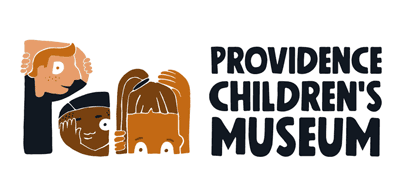

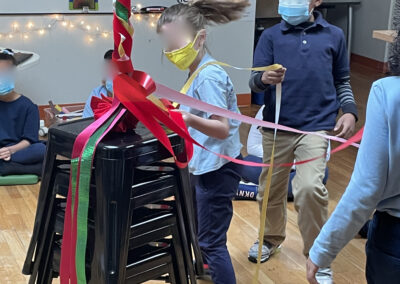
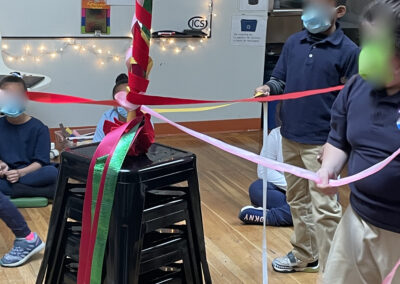
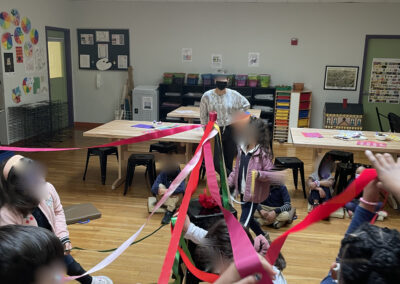
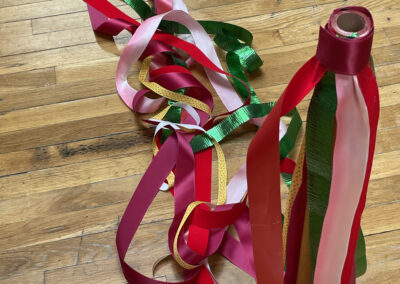
0 Comments